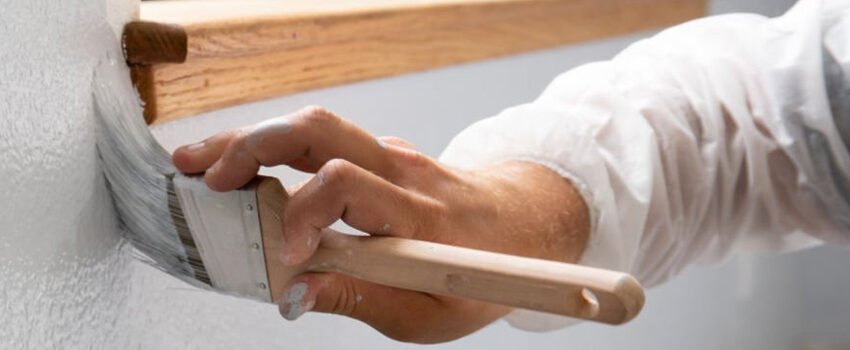
The Difference Between Interior and Exterior Paint
Different paints come with different properties, as they are manufactured for different purposes. Exterior paint is formulated to handle mildew and fading. Interior paint, on the other hand, is made to allow cleaning and resist staining.
To understand the difference between these two types of paint:
The Basics
All paints are formulated from the same basic ingredients. These include resins, additives, solvents and pigments.
The component that causes paint to be “wet” is the solvent. This component evaporates over time as the paint dries. What’s left is the rest of the components – additives, pigments and resins.
Out of these lasting components, the pigment is what gives the paint color. Additives, on the other hand, give it different properties, like mildew resistance. Finally, resins bind the paint to the surface. They’re typically made of silicone, acrylic or epoxy.
What is the Difference Between Interior and Exterior Paint?
Even though there can be many subtle differences between these two types, the primary one is the choice of resin. As we already mentioned, the resin is the component that binds the pigment to the material you’re painting on.
Exterior paint has to survive being exposed to moisture and huge temperature changes. It also has to resist fading, chipping and peeling. Because of these reasons, the resins used in the manufacture of exterior paints have to be softer.
For interior paints, huge temperature changes and moisture are not an issue. Therefore, the resins used in their manufacture can be more rigid. This, in turn, cuts down on smearing and scuffing.
Characteristics of Exterior Paint
by This type of paint is exposed to various weather conditions. Therefore, it has to provide protection against moisture caused rain and snow, and ultraviolet radiation caused by sunlight. It also has to protect against fungal growth.
These paints are made to combat fading and mildew. Facing the UV radiation mentioned above, as well as very high temperatures, they need to be fade-resistant.
As already mentioned, the resins used for exterior paints are soft. This also makes them very flexible. As such, they don’t easily crack on contraction or expansion.
Characteristics of Interior Paint
This type of paint is used for decoration and aesthetics. At the same time, interior paint adds properties of dampness prevention, washability and easy maintenance.
Interior paint is formulated in such a way that it can withstand abrasion. As it occupies the same space as people, it is also designed to be more delicate than exterior paint.
Where Can One be Used Over the Other?
In exterior paints, the added resins can cause outgassing. This process typically doesn’t last longer than two days. However, outgassing can continue for years, albeit in much smaller amounts. This is why exterior paint should never be used indoors.
Now you know what the difference between exterior and interior paints, if you need to know more or help with your residence or office contact us and we can help you
Leave a Reply
You must be logged in to post a comment.
